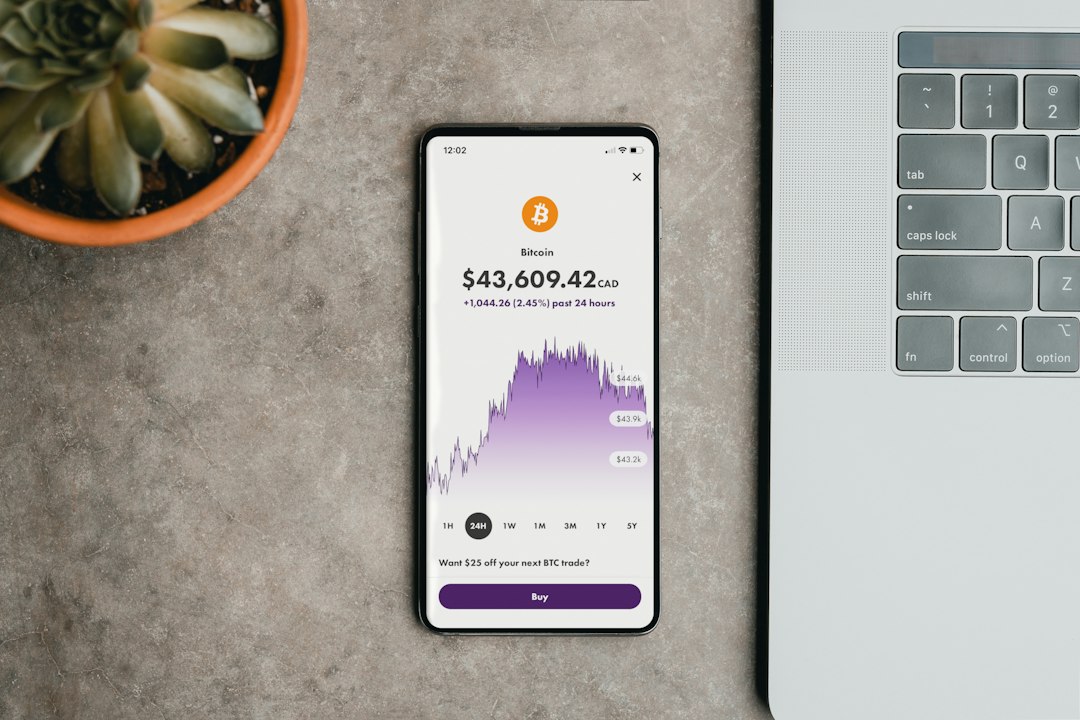JPMorgan Unveils Programmable Payment Feature for Institutional Clients
JPMorgan, the multinational banking firm, has introduced a new programmable payment feature for institutional users of its private blockchain platform, JPM Coin. Naveen Mallela, head of JPMorgan’s bank-led blockchain platform Onyx, revealed details of the new functionality on LinkedIn.
This feature allows real-time, programmable treasury functionality and new digital business models. The Onyx team shared further details of the programmable payments feature, which caters to blockchain-based accounts on the JPM Coin System.
Programmable Payments and Use Cases
The new feature enables users to program payments using an “If-This-Then-That” interface. German tech firm Siemens AG is the first institutional client to use this feature, with FedEx and Cargill expected to follow suit before the end of 2023.
Users can employ programmable payments for dynamic funding and event-based payouts, enabling automation and optimization of working capital. Siemens AG group treasurer Peter Rathgeb sees this as a way to tap into the advantages and features from the crypto world in combination with JPMorgan’s blockchain-based bank accounts.
Future Developments
JPMorgan is also working on a blockchain-based solution for cross-border transactions, separate from its JPM Coin platform. This new deposit token solution will require regulatory approval in the United States before its launch.
Hot Take: JPMorgan Continues to Lead Innovation in Blockchain Technology
JPMorgan’s introduction of programmable payments for institutional clients represents a significant milestone in the evolution of its blockchain platform. By offering real-time functionality and catering to various use cases, including dynamic funding and event-based payouts, it demonstrates a commitment to embracing digital innovation in the financial sector. As more institutional clients adopt this feature, JPMorgan solidifies its position as a leader in bringing blockchain technology to traditional banking services.





 By
By
 By
By
 By
By

